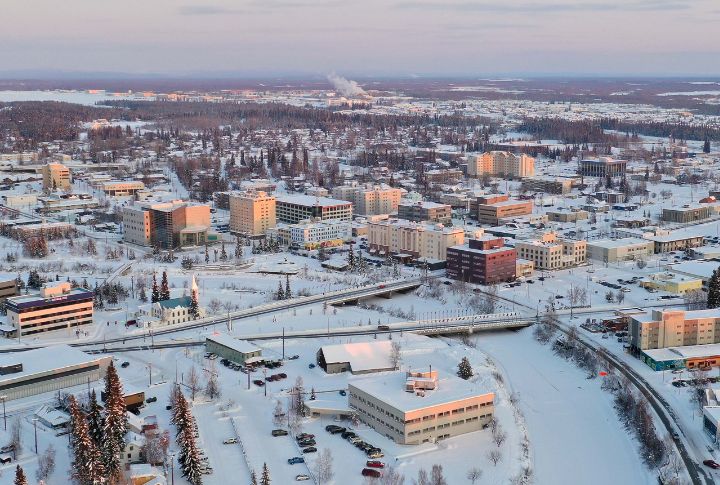
Alaska is a state where termites are never an issue. The homes stand firm, and nature takes care of pest control. There are some unique natural defenses that keep these wood-munching insects out of the state. Let’s look at ten such reasons that make Alaska a termite-free zone.
Sparse Decaying Wood
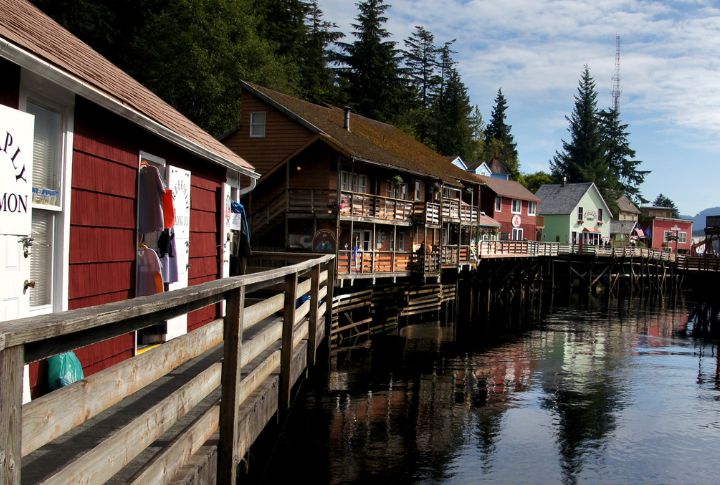
Termites feast on rotting wood, but Alaska’s cold weather minimizes decay. The little wood produced in the area stays fresh for a long time, so those insects get no food. Termites can only travel to the state via wood shipments that are already infested.
Short Warm Seasons
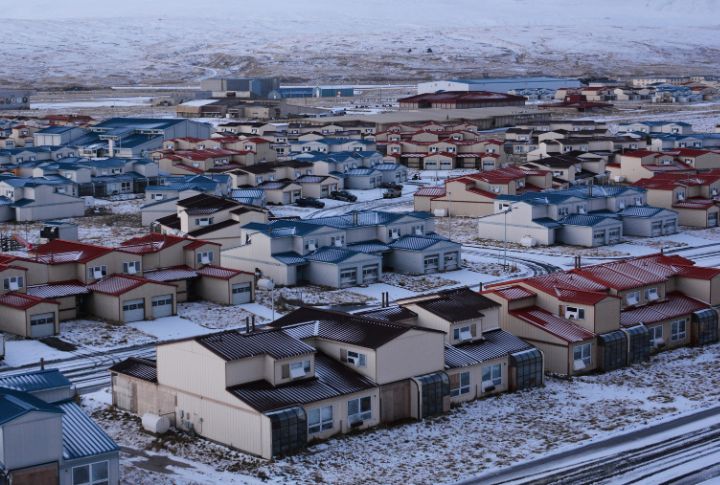
With summers that last barely three months, Alaska denies termites the time they need to thrive. By the time termites settle, winter returns and halts their progress entirely. Alaska’s short summer months are a blessing in disguise for the citizens.
Isolation From Termite-Prone Regions
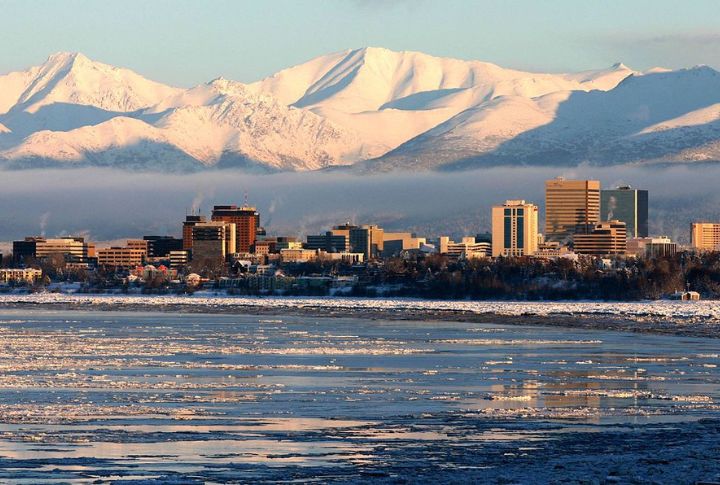
Geography plays a huge role in Alaska’s status. Apart from being dry and cold, the state is also isolated from regions that are warmer. So, termites cannot naturally migrate here. That way, Alaska’s geographical location keeps them thousands of miles away.
Dry Winters
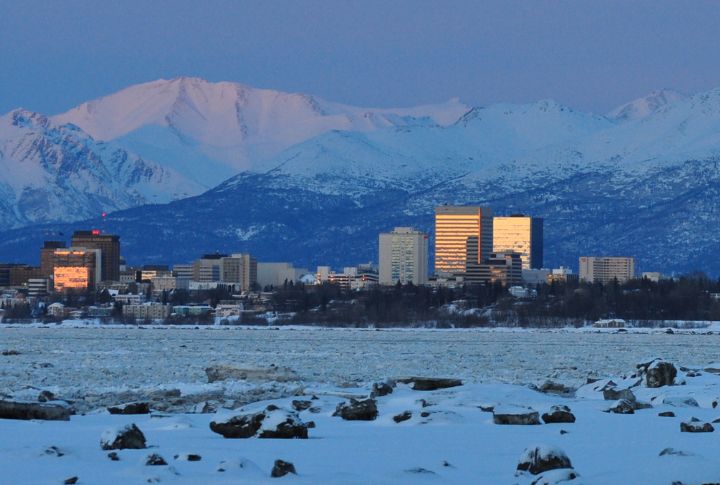
Alaska’s icy months have extremely low humidity—another reason termites struggle to live long in a state like Alaska. They require high humidity to survive, and the dry conditions during winter successfully prevent termites from making their homes in the area.
Permafrost Blocks Colonization
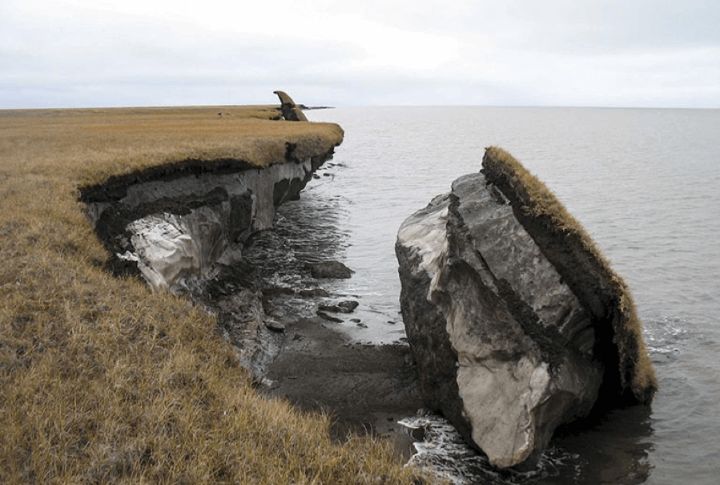
Imagine trying to dig through frozen cement. That’s what permafrost is like for termites. According to the US EPA, this icy ground covers over 85% of Alaska and makes it impossible for termites to burrow. Without a place for their colonies, those insects stand no chance.
Evolutionary Restrictions In Termites
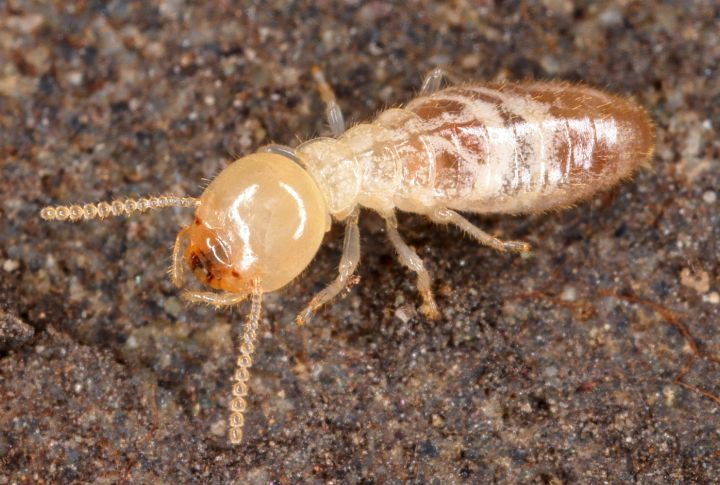
Unlike certain insects that adapt to frigid climates, termites fail to evolve in such extremes. None of their species have developed the resilience to endure Alaska’s subzero winters. This evolutionary gap ensures Alaska remains termite-free. Isn’t it fascinating how nature works to the homeowners’ advantage?
Natural Soil Composition Is Hostile
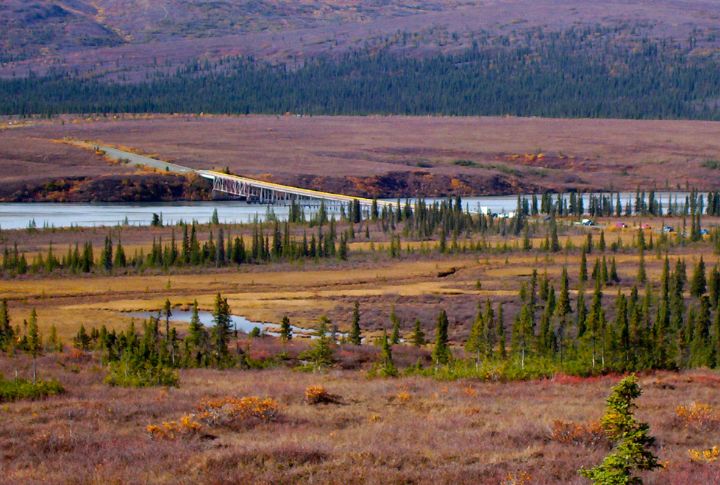
Alaska’s soil makes it even more challenging: it’s acidic, nutrient-poor, and often waterlogged. For termites, this is a dealbreaker. Such conditions prevent them from tunneling or feeding effectively. Even if termites managed to arrive, their long-term survival would be impossible.
No History Or Liniage
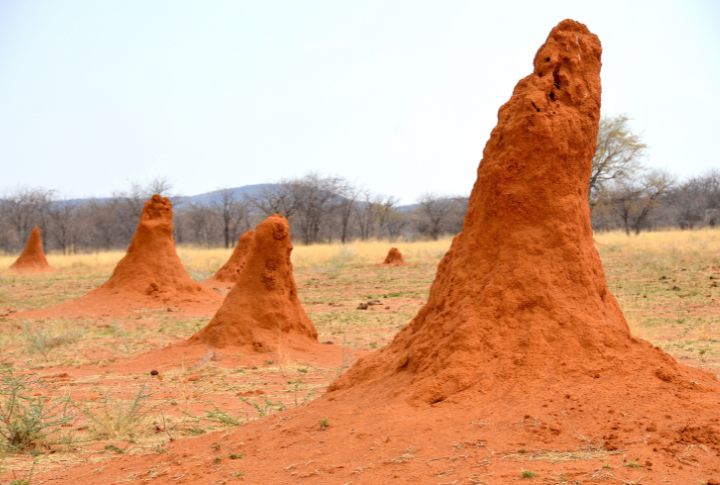
Termites are creatures of habit. They rarely venture far from established colonies. Alaska’s history lacks any termite presence, and without existing territories, new ones cannot form. It’s like a closed-loop system: no ancestors, no kids! The people remain untouched by termites.
Limited Human Activity In Remote Areas
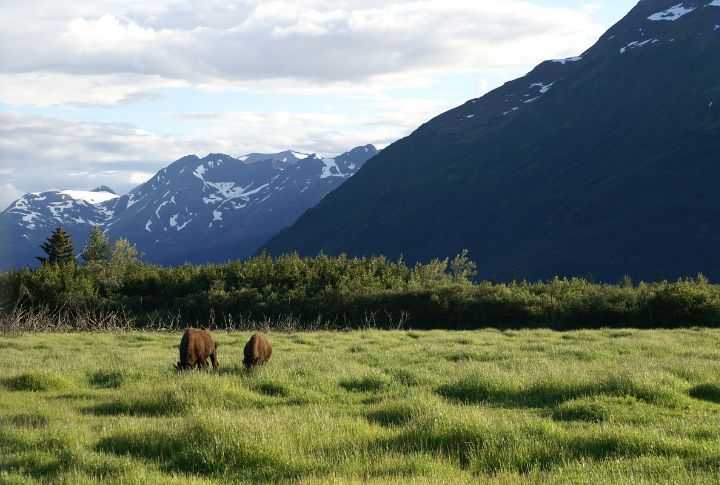
Since there are vast stretches of wilderness with little to no human settlements in certain areas, termites are unlikely to find ecosystems that support their survival. No human homes convey that termites fail to find a safe place in Alaska once again.
Strict Pest Control Regulations
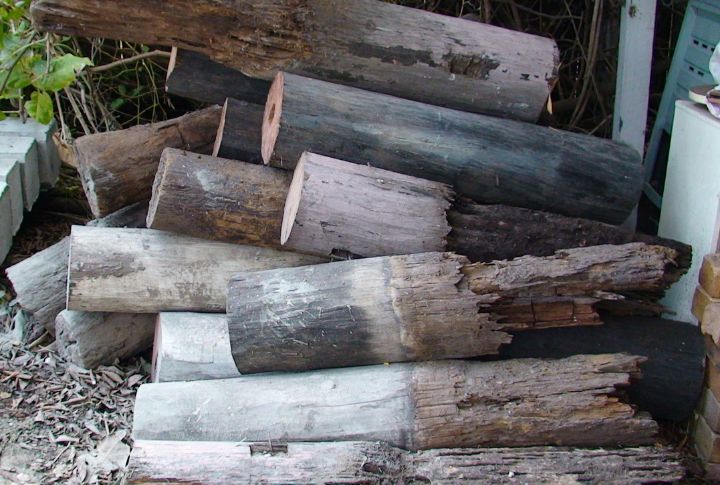
This state enforces stringent rules on importing wood and building materials. Infested lumber is intercepted and banned, which leaves termites no entry point. Thanks to these measures, residents don’t have to worry. Every regulation strengthens its status as the ultimate pest-free zone for homes.
